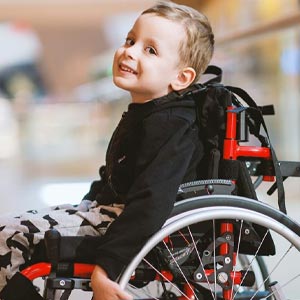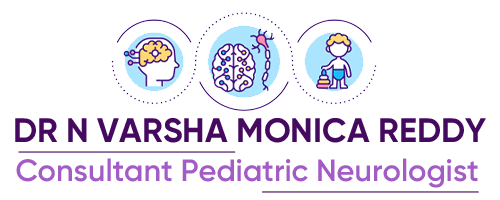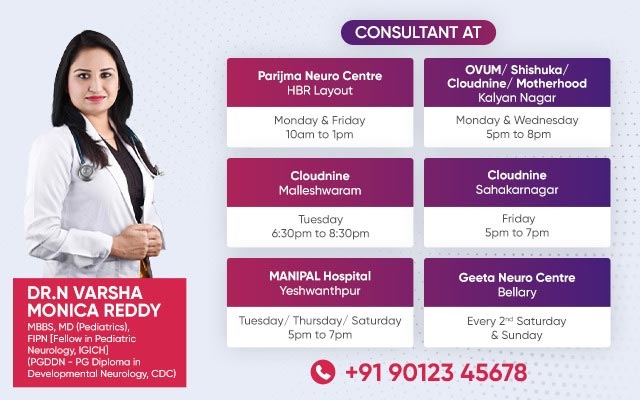The damage and deterioration in the spine are known as spinal cord disorders. The spinal cord disorder is less in children than in adults, but every child with the disorder requires comprehensive treatment according to the child’s requirements.
Consult Dr. N. Varsha Monica Reddy for treatment of pediatric spinal cord disorders in Yeshwanthpur
What are the common types of spinal cord disorders?
Although spine disorders in children are rare, of those that do occur, these are the most common:
- Chiari malformation type 1 pushes a portion of the brain contents down toward the spine. There are generally no symptoms. The disorder can be related with Syringomyelia.
- Chiari malformation type 2, which likewise pushes some of the contents in your brain down toward the spine, is related with various irregularities of the brain, including myelomeningocele and hydrocephalus.
- Dermal sinus is a small yet deep opening in the skin that is on top of the spine and might be joined to the spine and spinal cord. Dermal sinus generally occurs in the lower back, close to the buttocks, and can prompt a tethered spinal cord or show recurrent meningitis. We treat this disorder by surgically eliminating the whole sinus tract.
- Hydrocephalus, happens when abnormal fluid accumulates in the brain. We can treat this by diverting this fluid to different parts of the body to relieve the strain on the brain.
- Lipomeningocele is a fatty mas that projects into and joins to an incompletely developed spine.
- Myelomeningocele is a type of spina bifida aperta, in which the underdeveloped spinal cord arises through the vertebra and breaks through the skin. It is related with Chiari malformation type 2.
- Scoliosis is an abnormal curvature of the spine. It can deteriorate as the child grows. It can be present at birth or develop during adolescence. A more serious condition might need corrective surgery.
- Spina bifida is an incompletely formed vertebra that is common in the lower back. The vertebra might contain normal nerves and the spinal cord, with just abnormal bones, or it might contain fat, nerves, and other tissue going through the bony opening.
- Split cord malformation is a developmental abnormality wherein the spinal cord is divided in two distinct sections. The two cords are separated by either bone or the cartilage.
- Syringomyelia is abnormal accumulation of fluid in the spinal cord that prompts pressure on normal spinal cord tissue. We might need to divert the fluid to different parts of the body.
- Tethered cord: It happens when your spinal cord turns out to be abnormally joined to the encompassing tissue. The cord gets extended, making chronic injury to the cord.

What are the symptoms of spinal disorders in children?
It depend upon the child’s age and the cause. In new-borns, you can notice:
- Seizures
- Extreme sleepiness
- Altered mental status
- Tendency to utilise only one side of the body.
In young kids, the diagnosis id delayed. In older kids, the symptoms are more like symptoms seen in adults and include:
- Severe headache, perhaps with vomiting
- Issue with vision or moving the eyes
- Weakness or numbness on one side of the body or face
- Dizziness or sudden confusion
- Difficulty in walking or loss of balance or coordination
- Trouble in speaking or figuring out words or sentences
- Tiredness or loss of consciousness.
Mostly the diagnosis of spinal cord disorder is seen at the birth of the child with leg abnormality, bladder function, spine physical deformity, or spine pain. But sometimes it can also be diagnosed with a small hole, hair patch, skin discoloration, fatty mass deep in the lower back, malformations of digestive tracks, or urologic.
The most common spinal cord disorders in new-born children are spina bifida or myelomeningocele. Detecting spinal cord disorder in children requires a physical examination, x-ray, tomography, or magnetic resonance image for confirmation. If the spinal cord disorder remains untreated child may face difficulty with urination, walking, or pain in the lower back or legs.
What are the treatment options?
The treatment given by children spine specialist in Kalyan nagar for spinal cord disorder for children does include:
- Detethering
- Decompression
- Fusion
- Myelomeningocele
- Bracing
If there are symptoms of deformity, pain, or weaknesses in a child, this requires a procedure to relieve pain in the spinal cord or nerve root.
Visit Dr. N. Varsha Monica Reddy at best pediatric neurology hospitals in Malleshwaram

